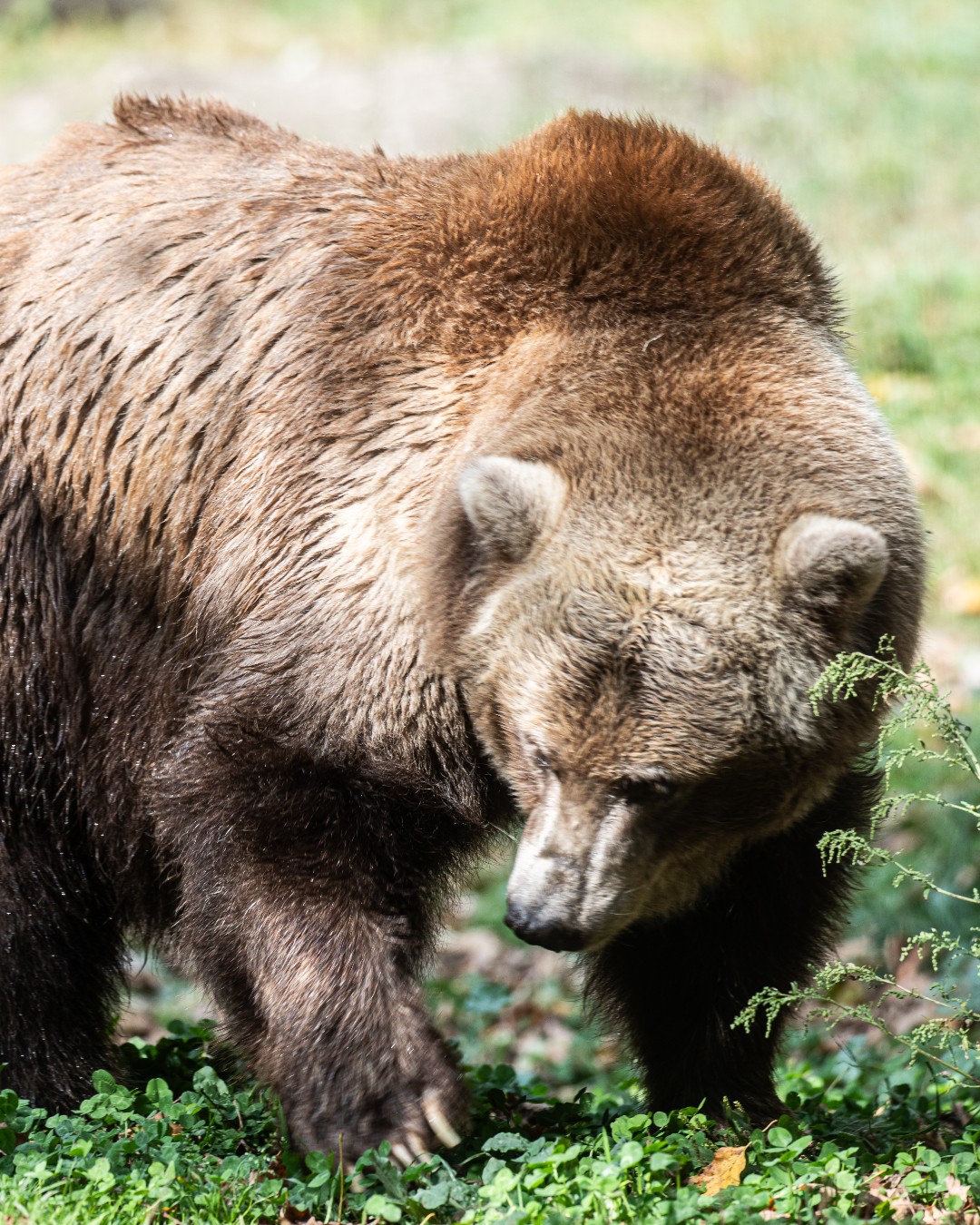- The History and Significance of Canadian Wildlife Week
- Jack Miner’s Contributions to Bird Conservation
- Exploring Wildlife Habitats: Tundra Trek and Canadian Domain
- Importance of Wildlife Conservation and How Visitors Can Help
- Sustainable Tourism and Its Impact on Wildlife Preservation
Canadian Wildlife Week, celebrated annually from April 6 to 12, is a testament to Canada’s commitment to preserving its natural heritage. Officially established in 1947 by the Canadian Parliament, this week serves not only as a remembrance of past conservation milestones but also as a rallying point for ongoing efforts. April 10 holds special significance as it marks the birthday of Jack Miner, a pioneering figure in the field of wildlife conservation. His birthplace in the history of Canada’s natural preservation movement is noteworthy, especially considering his significant contributions like mapping migratory paths of North American birds. These efforts include saving species such as the Canada Goose from near extinction.
Jack Miner, affectionately nicknamed "Wild Goose Jack," was at the forefront of tracking bird migration. His worldview changed the landscape of ornithology and conservation. His efforts gave insight into the behavior of migratory birds, a domain previously cloaked in mystery. By attaching leg bands to birds, Miner collected invaluable data that revolutionized science at the time. Miner’s pragmatic approach laid the groundwork for future generations of conservationists, offering a model for how to engage with and protect wildlife.
The Tundra Trek and the Canadian Domain are two notable wildlife habitats where visitors can witness an array of species. For example, Shintay the Grizzly bear is a resident of the Canadian Domain, offering visitors a chance to observe her in a semi-natural habitat. While human curiosity urges them to explore, it’s critical for guests to understand that their noise levels can significantly impact these animals. Grizzly bears and many other species have heightened auditory senses, so ambient noise at the zoo may seem amplified. This is a vivid reminder of the kind of mindfulness needed when engaging with wildlife, respecting the sensitive nature of their habitats.
Engagement with these animals doesn’t just entertain—it educates, promoting an empathy that’s crucial for long-term conservation efforts. Wildlife conservation relies not only on scientific interventions but also on cultivating a public that values and protects its natural legacy. Each interaction between visitor and animal has the potential to foster deeper understanding and concern, further driving the mission to conserve wildlife.
Wildlife preservation is a complex task that goes beyond the individual and requires community involvement. Visitors play a role as conservation ambassadors, enlightening others about the challenges faced by endangered species and the ecosystems they call home. Simple actions, such as reducing noise or adhering to designated pathways, contribute to creating a nurturing environment for these creatures.
Sustainable tourism and its impact on wildlife preservation is another crucial issue. As the interest in eco-tourism grows, the focus turns to responsible practices that honor local ecosystems. Conservation-minded tourism doesn’t just reduce negative impacts; it actually supports preservation efforts. By investing in eco-friendly practices and creating awareness, the tourism industry has the power to contribute to the conservation of species and their habitats. In doing so, both industry professionals and visitors engage directly with a shared responsibility for protecting the planet’s irreplaceable biodiversity.
Canadian Wildlife Week stands as a national reminder that the world’s natural wonders require our active protection. Every individual—whether scientist, tourist, or local resident—holds a part in the conservation story. Understanding our shared responsibility is the first step towards meaningful actions that will sustain the natural world for future generations. By immersing oneself in the past and present of Canadian wildlife conservation, the hope is to inspire a future where the splendor of the natural world continues to thrive.
*****
Source Description
We’re celebrating 🍁🇨🇦
Are you aware? Canadian Wildlife Week (April 6-12) dates back to 1947 when Canadian Parliament officially proclaimed it a national week. April 10 is also the birthday of the late Jack Miner, a Canadian conservationist!
Fun fact! He was known as “Wild Goose Jack,” one of the first conservationists to determine the migratory paths of North American birds and is credited with helping save the iconic Canada Goose from the brink of extinction.
Journey through Tundra Trek as well as Canadian Domain and catch a glimpse of some of your favourite species, including Shintay the Grizzly bear. She is still spending a bit of time in her behind-the-scenes den and ventures out for snacks. Please be mindful of your noise levels when visiting habitats as sounds may seem twice as loud to them as they are to us.
We appreciate you being a good guest ❤️


